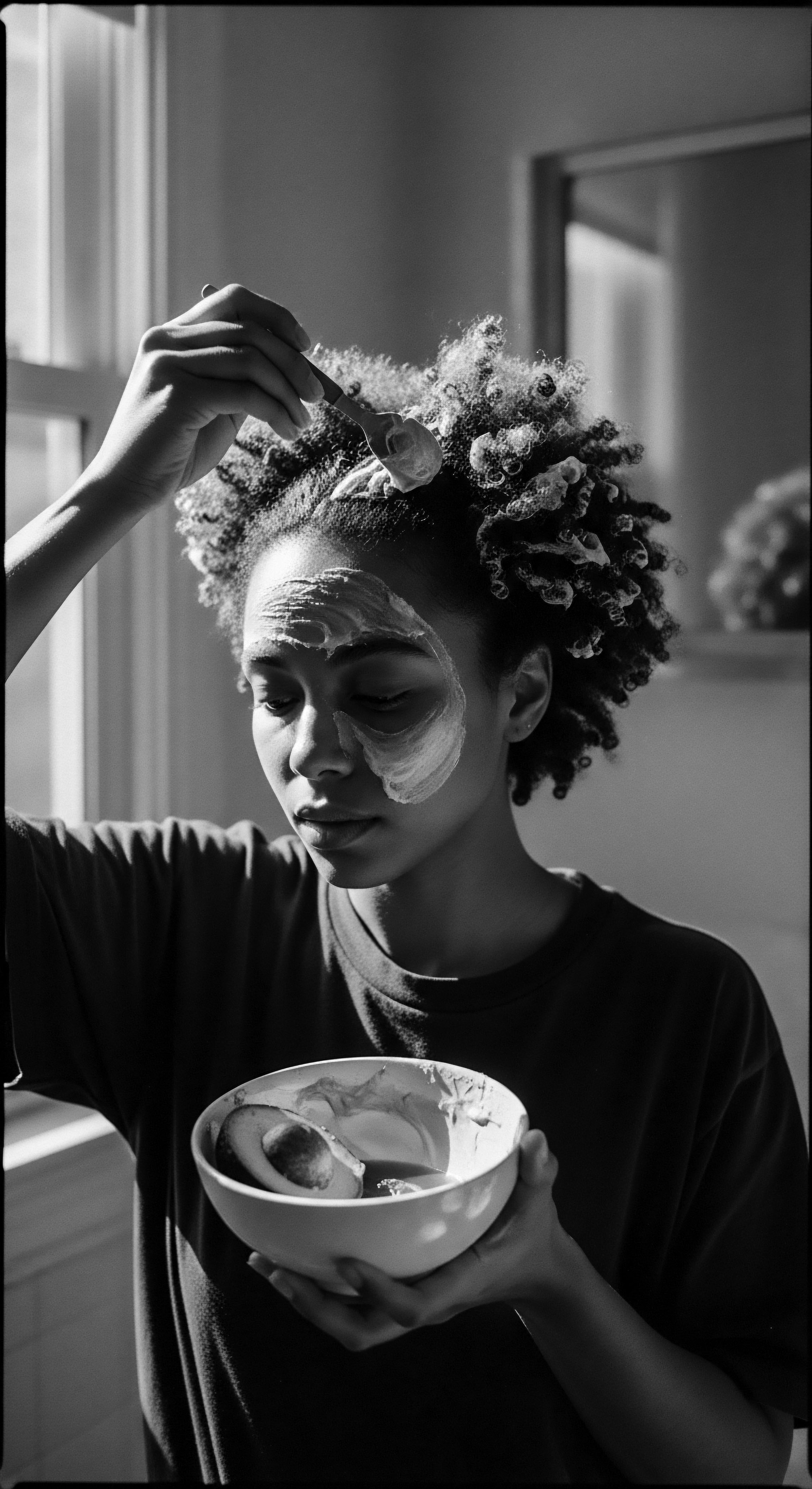
Roots
A single strand of textured hair, held gently between fingertips, whispers tales across millennia. It is a conduit, an unbroken lineage stretching back to the very source of human ingenuity and communal care. For those who claim a heritage rooted in Africa, this hair is more than mere biology; it embodies a living archive, a scroll of resilience and artistry. To comprehend modern hair care, particularly for kinky, coily, and wavy textures, one must first listen to the echoes from the past, to the wisdom held within ancestral practices that shaped the contours of beauty and identity long before the advent of chemical formulations or heated tools.
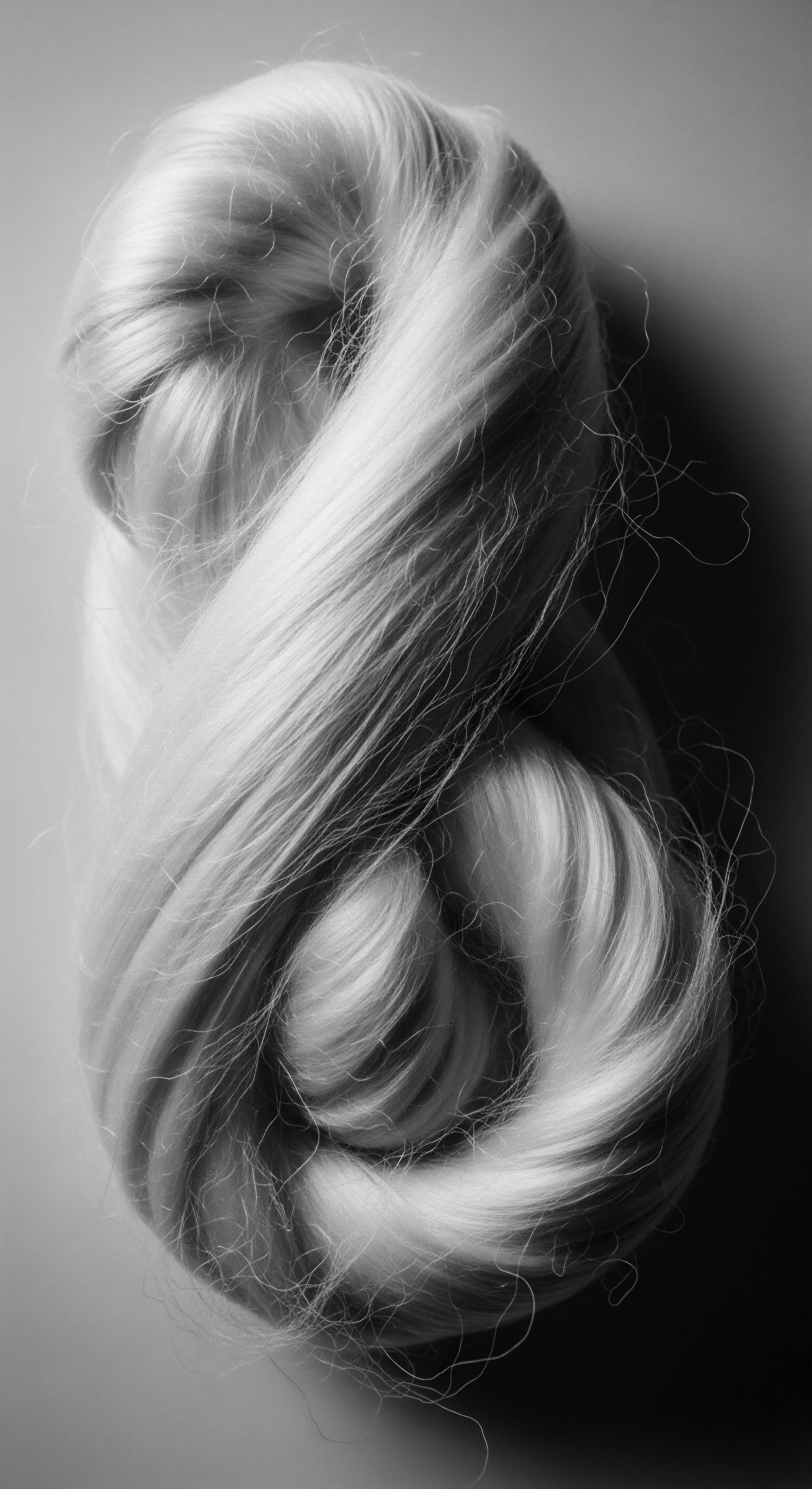
What does Textured Hair Reveal about Its Ancient Lineage?
The intrinsic architecture of textured hair, with its elliptical cross-section and spiraling follicle, holds secrets to its distinct properties. Unlike straight hair, which allows natural oils from the scalp to descend freely along the shaft, the intricate curves of textured hair hinder this flow, leading to increased dryness and a greater propensity for tangles. This unique structure is not a flaw; it is an adaptation, believed to have provided protection from intense ultraviolet radiation for early human ancestors on the African continent, simultaneously facilitating air circulation to cool the scalp. The scientific understanding of disulfide bonds and keratin organization in textured hair fibers—which grant its characteristic curl and strength—begins to affirm the empirical knowledge held by generations past, knowledge that intuitively understood this hair’s needs for moisture and gentle handling long before molecular structures were mapped.
The genetic blueprint of textured hair, an ancient adaptation, speaks to its inherent need for practices honoring its unique thirst for moisture and its structured resilience.
Consider the profound significance of hair in pre-colonial African societies. It served as a visual language, a complex system of communication that conveyed one’s age, marital status, social rank, wealth, and even ethnic identity. Braiding patterns, for instance, were specific to tribes and social strata, intricate designs that were not merely aesthetic but acted as profound statements of self and community. These hairstyles were living genealogies, worn with intention, reflecting a societal understanding of hair as a spiritual anchor and a symbol of life’s passage.
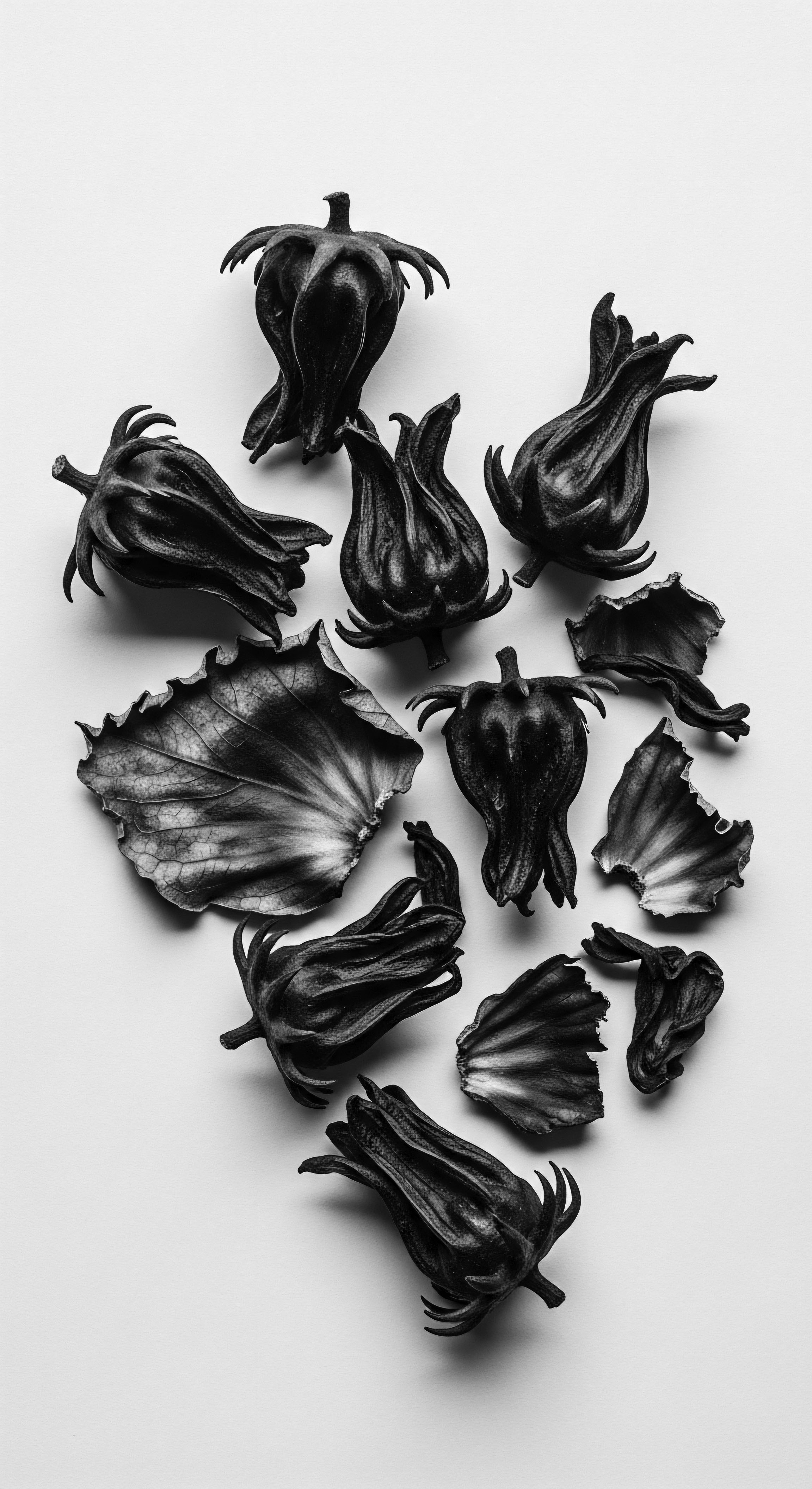
How Were Early African Hair Practices Understood as Communication?
The earliest verifiable records of hair braiding trace back to 3500 BCE in Africa, deeply entwined with cultural expressions. The Himba people of Namibia, for example, have long incorporated intricate braiding with otjize, a mixture of butterfat and ochre, not just for styling but for sun protection and a distinct aesthetic. This tradition highlights a holistic approach where care and adornment intertwine with environmental adaptation and cultural identity.
Ancestral Hair Lexicons often contained words that transcended mere description, reaching into the spiritual and social dimensions of hair. The term for certain protective styles, for example, might also refer to resilience or community bonding. This deeply contextualized language contrasts with modern classifications that sometimes flatten the rich diversity of textured hair into numerical types, often overlooking the cultural nuances.
- Coils ❉ Often refers to very tight, spring-like curls, indicative of specific genetic variations common in many African descendant communities.
- Locs ❉ Hair intentionally matted and intertwined, a style with spiritual, social, and political significance tracing back centuries in various African cultures.
- Braids ❉ Interwoven strands, a foundational technique for protection and expression, historically used to convey information and social standing.
| Historical Perception Hair as a map of tribe and social status in ancient Africa. |
| Modern Scientific Description Hair follicle shape and keratin distribution determine curl pattern. |
| Historical Perception Hair indicating spiritual connection or warrior strength in various African groups. |
| Modern Scientific Description Hair fiber's mechanical properties, such as resistance to extension and propensity for breakage. |
| Historical Perception Emphasis on thick, neat hair for fertility and bountifulness in certain Nigerian traditions. |
| Modern Scientific Description Hair density and growth rate variations across different hair types. |
| Historical Perception The enduring presence of textured hair speaks to its biological advantage and cultural significance, a heritage that transcends mere physical attributes. |
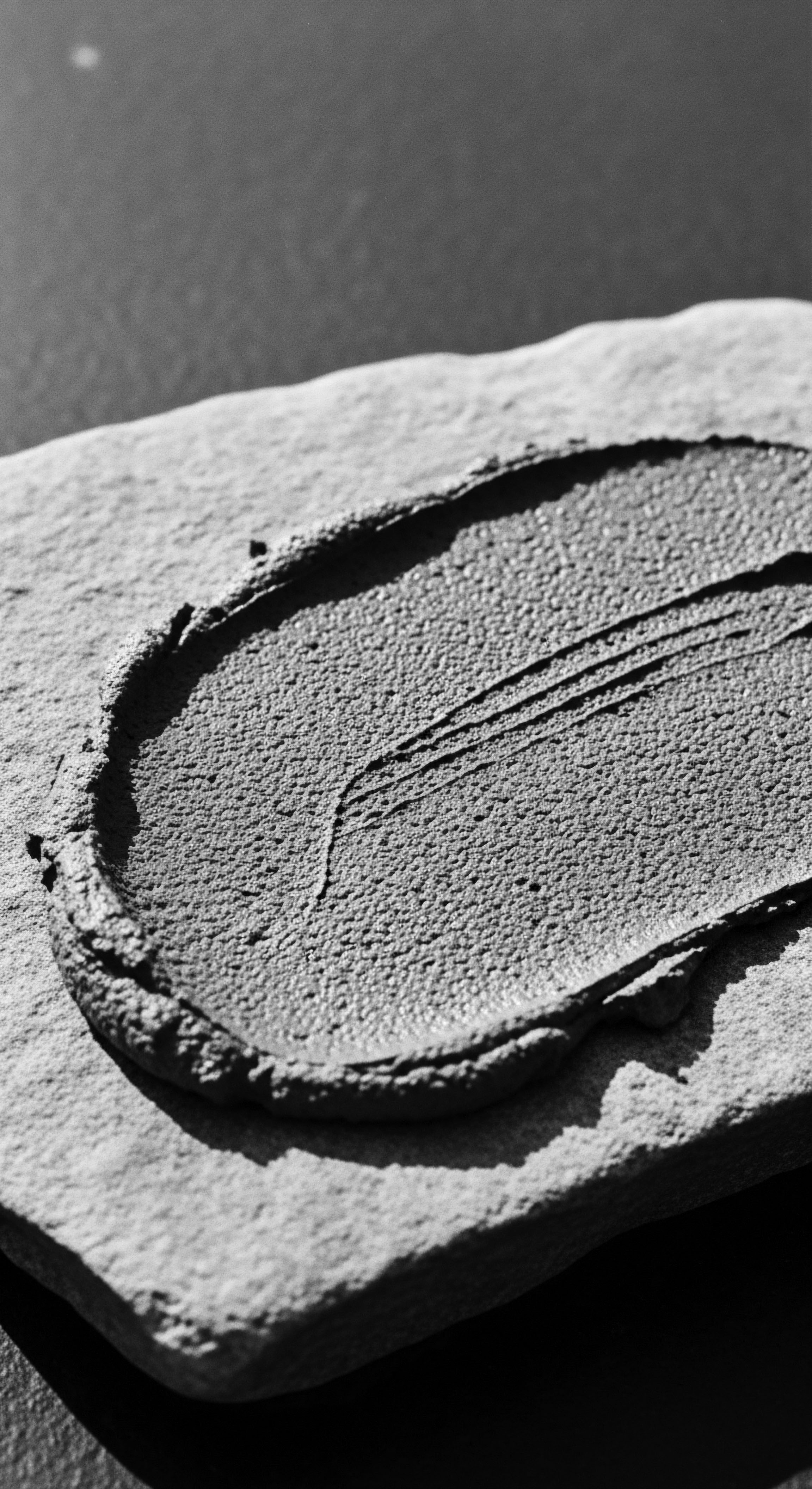
Ritual
The meticulous practices surrounding textured hair, honed over generations, stand as a testament to profound care and cultural preservation. These are not simply routines; they are rituals, acts of reverence passed down, often hand-to-hand, from elder to youth. Modern hair care for textured strands, while seemingly innovative, frequently echoes these long-held ancestral methodologies, recognizing the wisdom in gentle manipulation, protective styling, and the potency of natural elements.
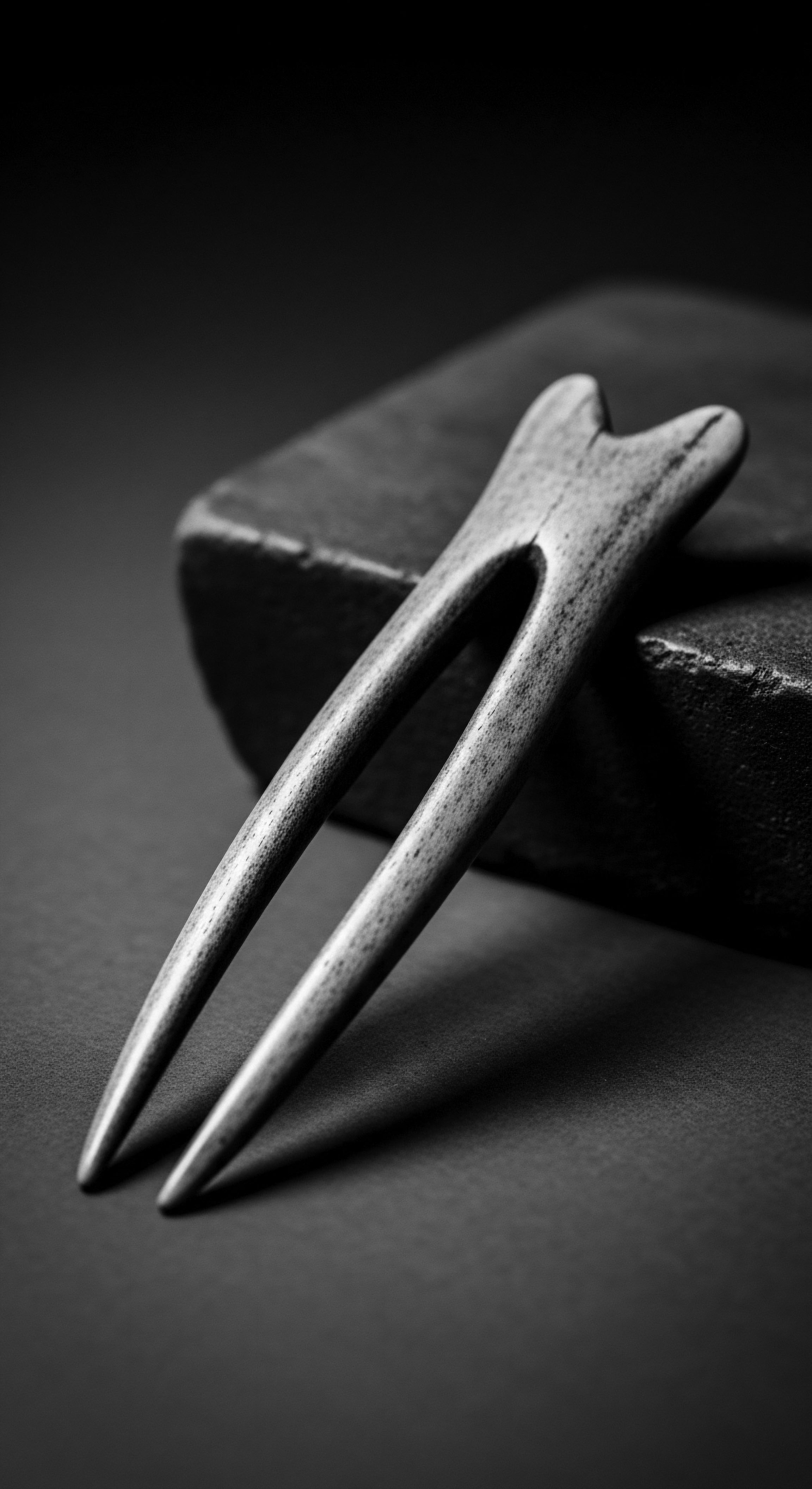
How do Ancestral Styling Methods Find Expression in Contemporary Hair Care?
Protective styling, a widely adopted practice today, finds its roots in ancient African techniques. Styles such as cornrows, box braids, and Bantu knots were not solely for adornment; they served to shield the hair from environmental stressors, minimizing breakage and encouraging growth. The longevity of these styles meant less manipulation, allowing the hair to rest and retain its moisture. Cornrows, for instance, dating back to 3000 BCE in Africa, were not just a hairstyle but a means to signify tribal affiliation, wealth, or marital status.
During the transatlantic slave trade, braids even served as covert maps for escape routes, their intricate patterns conveying vital information while maintaining a sense of cultural connection amidst dehumanization. This powerful historical example illustrates how styling became a form of resistance and cultural survival, an act of defiance against efforts to erase identity.
Protective styles, born of ancestral ingenuity, offer both shelter for the strands and a profound connection to historical resistance and cultural continuity.
The art of natural styling, emphasizing definition and volume, also resonates with historical approaches. Ancient communities used techniques that worked with the hair’s inherent curl pattern, rather than against it. This involved careful manipulation, often wet-setting the hair with natural conditioners. The evolution of twists and knots into styles like twist-outs and Bantu knot-outs today reflects this enduring principle ❉ enhancing the hair’s natural form for health and beauty.
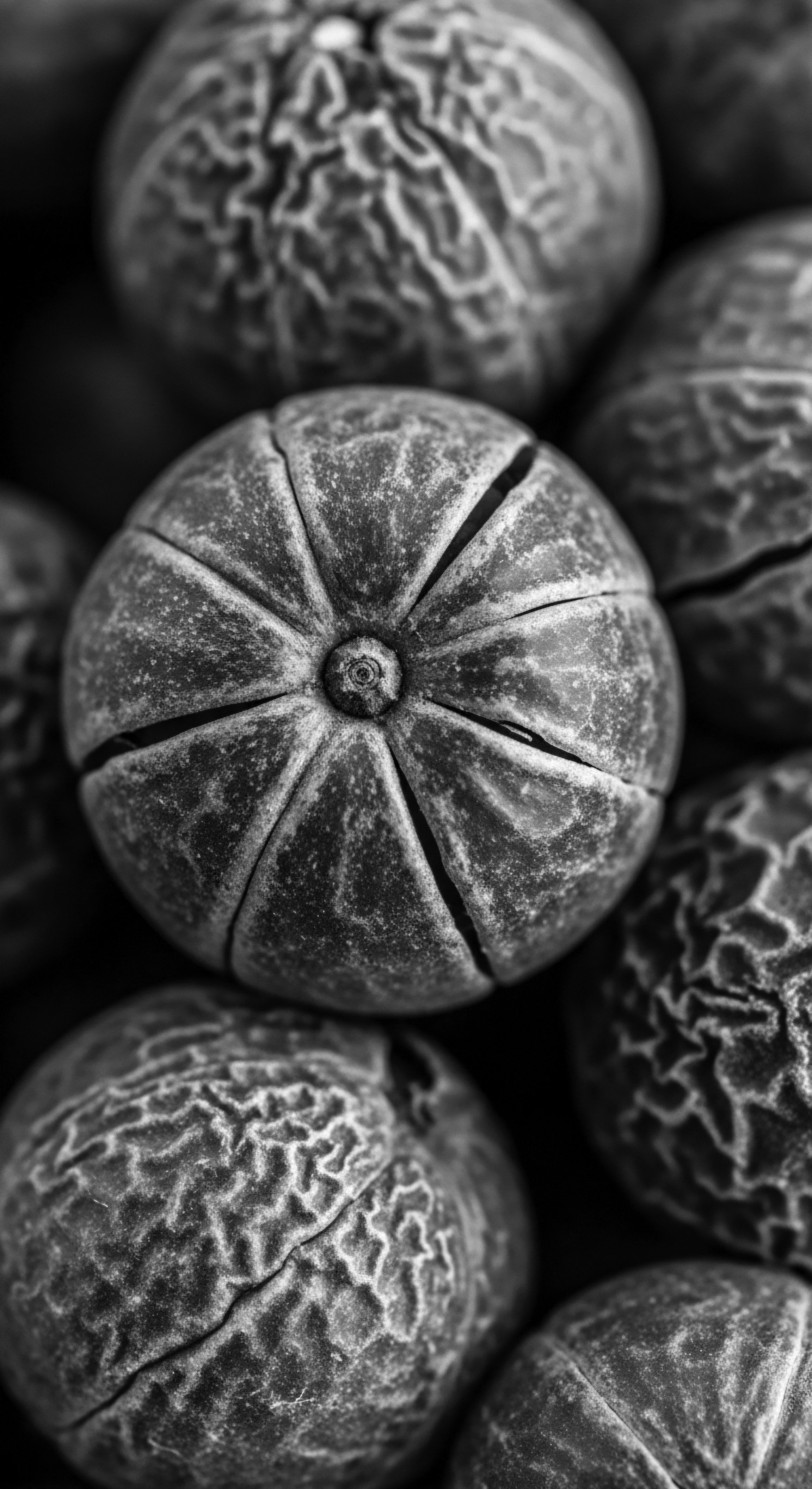
What Traditional Tools Helped Shape Styling Heritage?
The toolkit for textured hair care has expanded significantly, yet many modern implements find their conceptual genesis in ancestral tools. Combs, crafted from wood or bone, were designed with wide teeth to navigate curls gently, preventing tangles. Adornments like shells, beads, and gold thread, used by ancient Egyptians and various African tribes, served not only to beautify but also to secure styles, sometimes carrying symbolic meaning.
Conversely, certain interventions, like the hot comb introduced in the early 1900s, represented a significant shift, often an adaptation to Eurocentric beauty standards that valued straight hair. This historical pressure to conform led to practices that sometimes compromised hair health, highlighting a period where modern tools, disconnected from ancestral wisdom, presented new challenges for textured hair.
- Wide-Toothed Combs ❉ Essential for detangling coily hair gently, mirroring ancient bone or wooden combs designed for similar purposes.
- Hair Threading Needles ❉ Tools used for ancient African threading techniques, a protective styling method that stretches hair without heat.
- Adornments ❉ Beads, cowrie shells, and metal accents, traditionally woven into braids to signify status, wealth, or rites of passage, now used for stylistic expression.
| Ancestral Styling Tools and Techniques Wood and bone combs with wide teeth for gentle detangling. |
| Modern Parallels and Evolution Wide-tooth combs and flexible detangling brushes, prioritizing minimal breakage. |
| Ancestral Styling Tools and Techniques Hair threading for stretching and protective styling in African cultures. |
| Modern Parallels and Evolution Tension methods and heatless stretching tools for elongated styles. |
| Ancestral Styling Tools and Techniques Intricate braiding techniques, often taking days, for communal bonding and social messaging. |
| Modern Parallels and Evolution Contemporary protective styles (box braids, twists) with emphasis on longevity and scalp health. |
| Ancestral Styling Tools and Techniques The enduring legacy of ancestral styling lies in its fundamental principles of protection, gentle handling, and celebrating the inherent beauty of textured hair. |
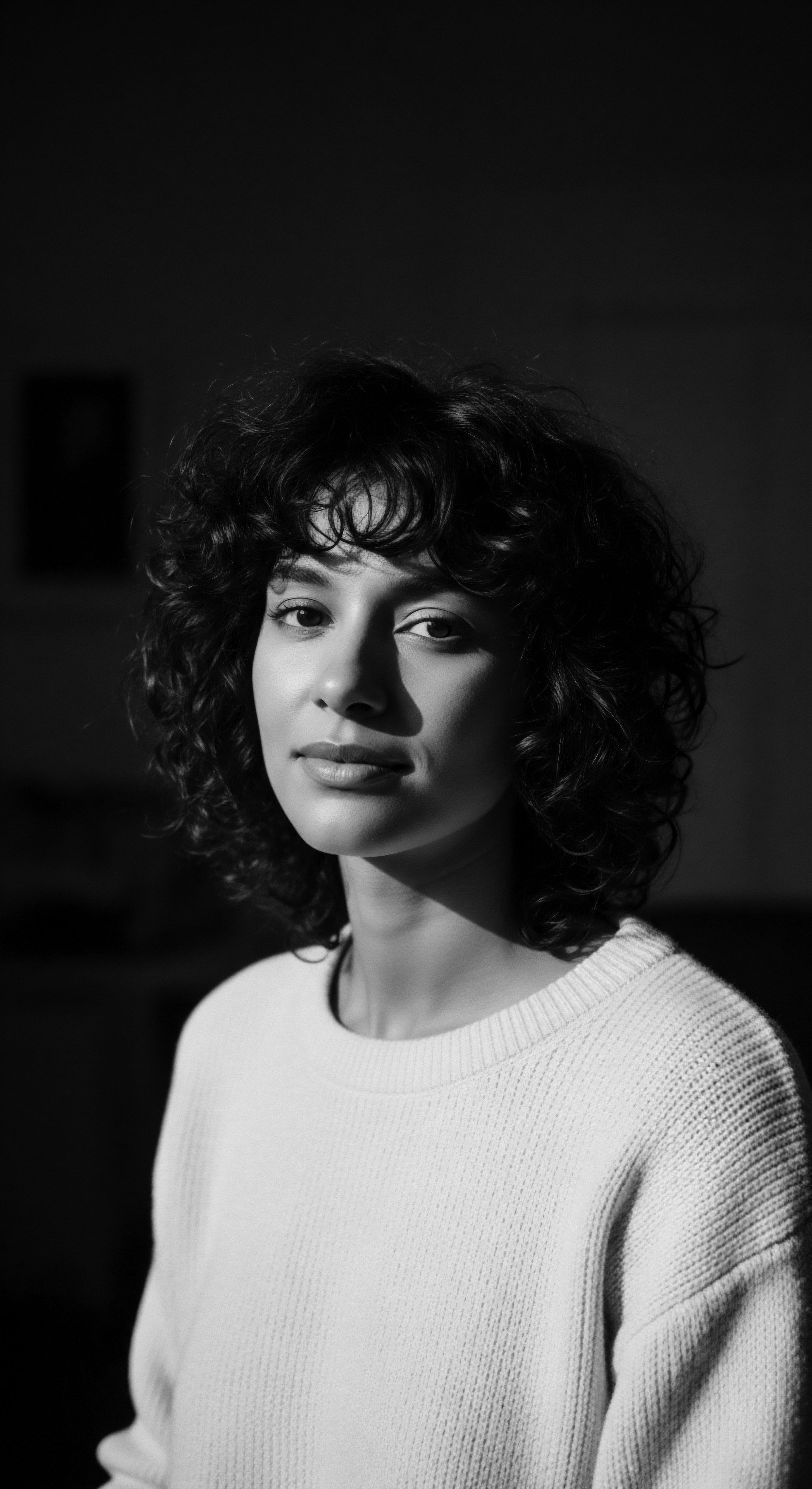
Relay
The enduring vitality of ancestral hair rituals extends beyond mere technique, reaching into the profound realm of holistic wellbeing and culturally informed problem-solving. This is where the ‘Soul of a Strand’ truly finds its voice, in the continuous relay of knowledge that connects the physical act of care to deeper aspects of identity, communal memory, and the pursuit of radiant health. The modern textured hair movement, often termed the ‘natural hair movement,’ stands as a direct descendant of this ancestral wisdom, re-centering hair care around practices that honor inherent curl patterns and scalp vitality.
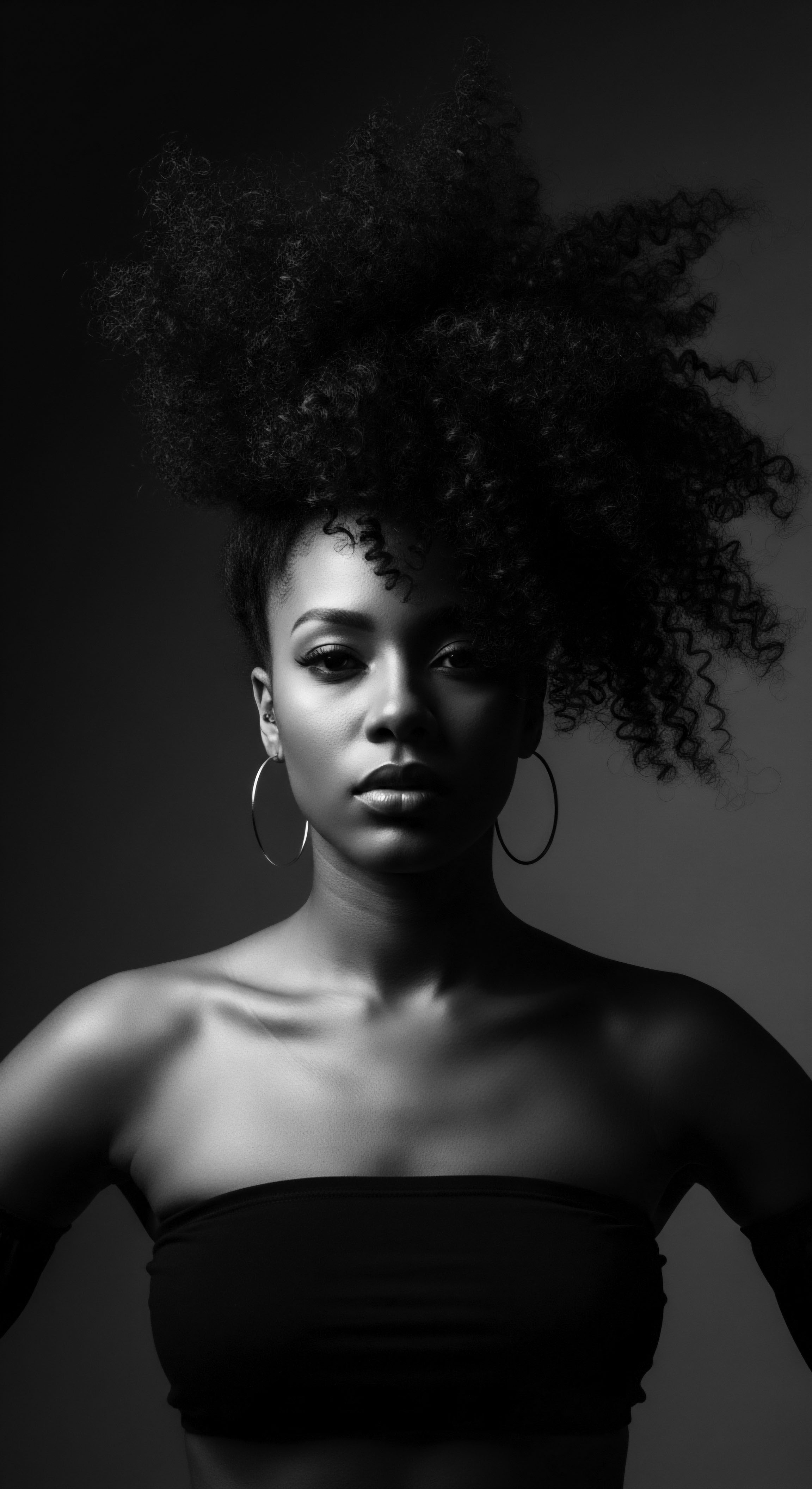
How does Ancient Wisdom Guide Modern Hair Care Regimens?
Building a personalized hair regimen today, particularly for textured hair, finds its most potent inspiration in the cyclical, intuitive approaches of ancestral care. Historically, regimens were often seasonal, responsive to local plant availability, and deeply intertwined with daily life. The rhythm of cleansing, oiling, and protecting was not a trend but a way of being, a practice that ensured the health of strands under varied environmental conditions.
For instance, the use of various butters and oils like shea butter, cocoa butter, coconut oil, and argan oil in West and North Africa served not only to moisturize but also to protect hair from harsh climates. These traditional emollients are now staples in commercial textured hair products, their efficacy validated by centuries of practical application.
The rhythmic patterns of ancestral hair care, attuned to nature’s bounty and the body’s needs, continue to instruct us in building regimens that serve each unique strand.
Nighttime rituals stand as a critical component, a quiet homage to ancestral practices of preservation. The practice of covering hair before sleep, for example, is not a recent innovation. Headwraps, worn across diverse African cultures, served multiple purposes ❉ protection, adornment, and signaling status. When enslaved Africans arrived in the Americas, they continued this practice, sometimes forced by laws like Louisiana’s 1786 Tignon Law, which mandated Black and biracial women to cover their hair as a marker of inferior status.
Yet, even under such oppressive mandates, the headwrap became a symbol of resistance and cultural continuity, a way to maintain humanity and identity. Today, the satin bonnet or silk scarf serves a similar purpose, safeguarding delicate strands from friction and moisture loss, directly echoing these historical precedents.
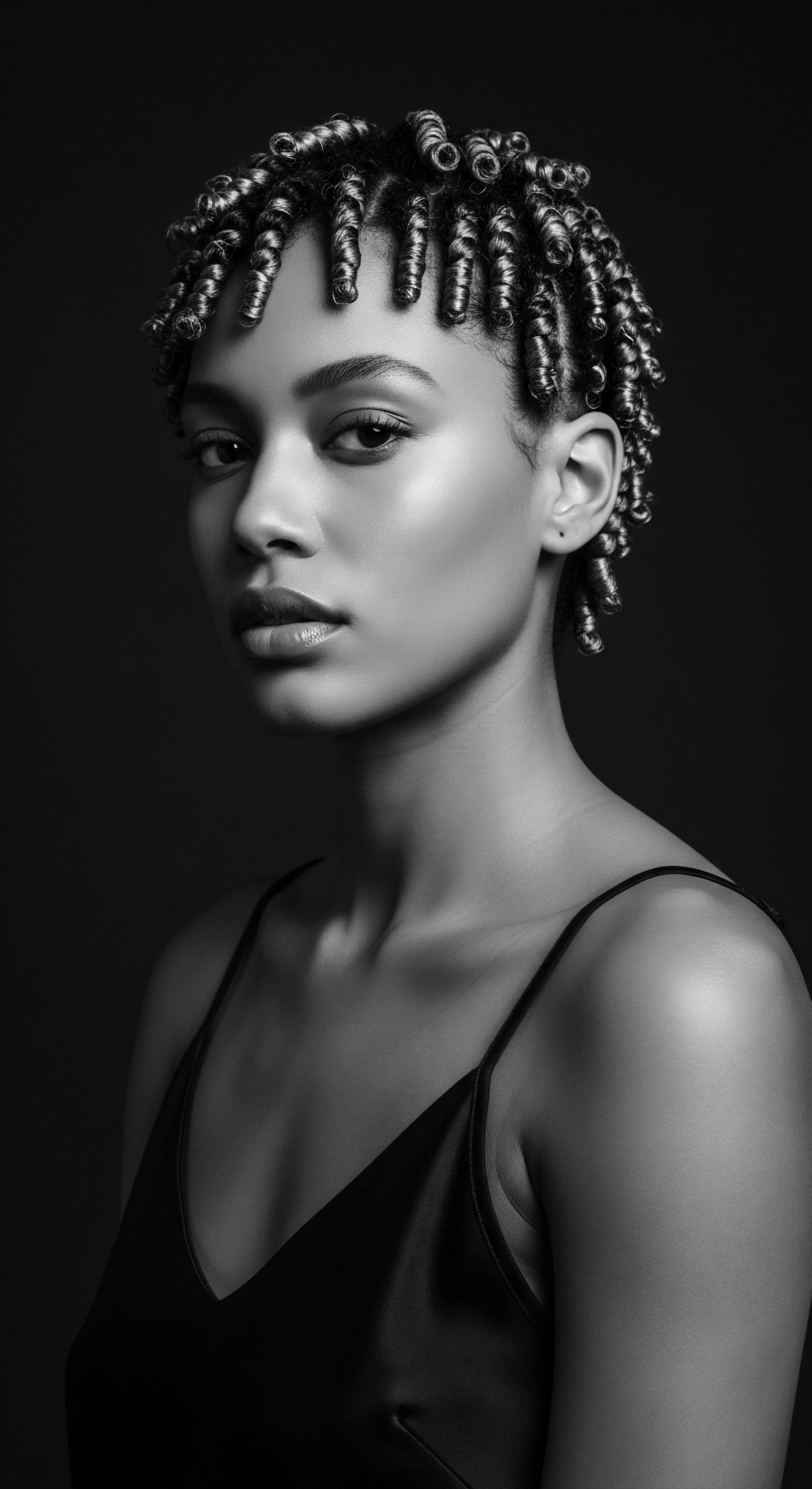
What Ancestral Ingredients Continue to Nourish Textured Hair?
The apothecary of ancestral hair care was the land itself, brimming with natural ingredients whose benefits are only now being scientifically understood.
- Shea Butter ❉ Derived from the nuts of the shea tree, a long-standing ingredient in West Africa, valued for its rich moisturizing and healing properties, replete with vitamins A and E.
- African Black Soap ❉ A traditional cleanser from West Africa, made from plantain skins, cocoa pods, and palm oil, known for purifying the scalp without stripping essential oils.
- Chebe Powder ❉ Originating from Chad, this powder, a blend of various natural elements, is celebrated for increasing hair thickness and moisture retention between washes.
- Rooibos Tea ❉ From South Africa, used in tea rinses, possessing antimicrobial and antioxidant properties that support healthy growth.
- Rhassoul Clay ❉ A mineral-rich clay from Morocco, traditionally used as a gentle cleansing mud wash for hair and scalp.
These ingredients, once regional secrets, are now globally recognized, their traditional uses providing a blueprint for modern formulations aimed at addressing common textured hair concerns like dryness, breakage, and tangles. The understanding that textured hair requires substantial moisture and gentle handling was not discovered in a laboratory; it was preserved through the consistent, deliberate application of these natural resources over generations.
The challenge of hair problem-solving, from breakage to scalp irritation, also draws upon this deep reservoir of ancestral knowledge. Traditional healers and community elders often possessed extensive understanding of local herbs and remedies for common hair ailments. For instance, the anti-inflammatory properties of certain plant extracts, long used to soothe scalp issues, now find their modern scientific validation in formulations aimed at addressing similar conditions. The prevalence of certain conditions, such as central centrifugal cicatricial alopecia (CCCA) among Black women, is now understood to be influenced by both genetic susceptibility and certain historical hair care practices, underscoring the ongoing need for culturally informed dermatological understanding.
This highlights a critical link ❉ understanding historical practices, even those that might have been detrimental due to external pressures, is paramount to developing truly effective, compassionate modern solutions. (Thompson, 2009) states that African American women, in the face of beauty standards based on European norms, have experienced affective inequalities when attempting to conform, a dynamic that influenced hair care choices and sometimes led to damaging practices.
The holistic influences on hair health, deeply ingrained in ancestral wellness philosophies, also guide contemporary approaches. Hair care was never isolated from overall physical and spiritual well-being. Nutrition, stress management, and community support all played a role.
This perspective encourages a view of hair health as an extension of total body vitality, a concept increasingly embraced by modern wellness advocates who look to indigenous practices for comprehensive health strategies. The communal aspect of hair care, where grooming was a shared activity that strengthened bonds and transmitted knowledge, offers a powerful antidote to the often isolated, individualistic approach of modern beauty routines.
| Ancestral Ingredient Shea Butter |
| Traditional Use in Heritage Practices Moisturizing and protecting hair and skin from harsh climates. |
| Modern Scientific Understanding/Benefit Rich in vitamins A and E, essential fatty acids, and antioxidants; deep conditioning. |
| Ancestral Ingredient African Black Soap |
| Traditional Use in Heritage Practices Scalp cleansing and purification, often for newborns. |
| Modern Scientific Understanding/Benefit Natural cleanser from plantain skins, cocoa pods, palm oil; gentle exfoliation, balances complexion. |
| Ancestral Ingredient Rooibos Tea |
| Traditional Use in Heritage Practices Tea rinses for healthy hair growth. |
| Modern Scientific Understanding/Benefit Antimicrobial and antioxidant properties. |
| Ancestral Ingredient The enduring efficacy of these natural components validates ancestral wisdom, proving their lasting relevance for textured hair health. |
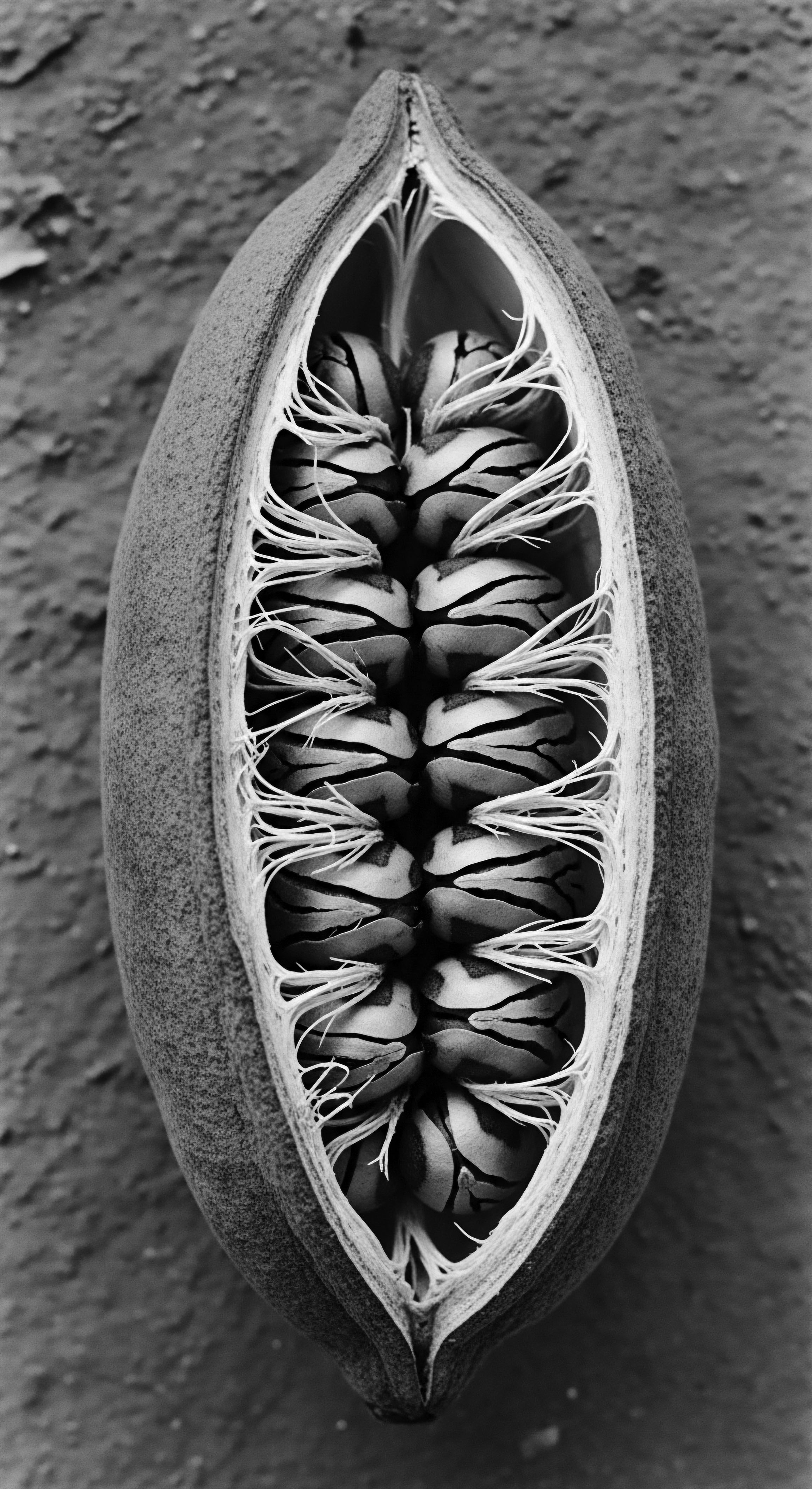
Reflection
The journey through ancestral hair rituals and their influence on modern care is a profound meditation on the enduring legacy of textured hair. Each coil and curl carries the memory of generations, a story of survival, artistry, and self-definition. The ‘Soul of a Strand’ is not a static ideal; it is a living, breathing testament to the ingenuity of those who came before us, a continuous whisper that reminds us that true care is rooted in understanding, reverence, and the honoring of heritage. As we look ahead, the paths laid by our ancestors illuminate the way, guiding us toward practices that not only nourish the physical strand but also fortify the spirit, ensuring that the legacy of textured hair continues to shine, unbound and resplendent.
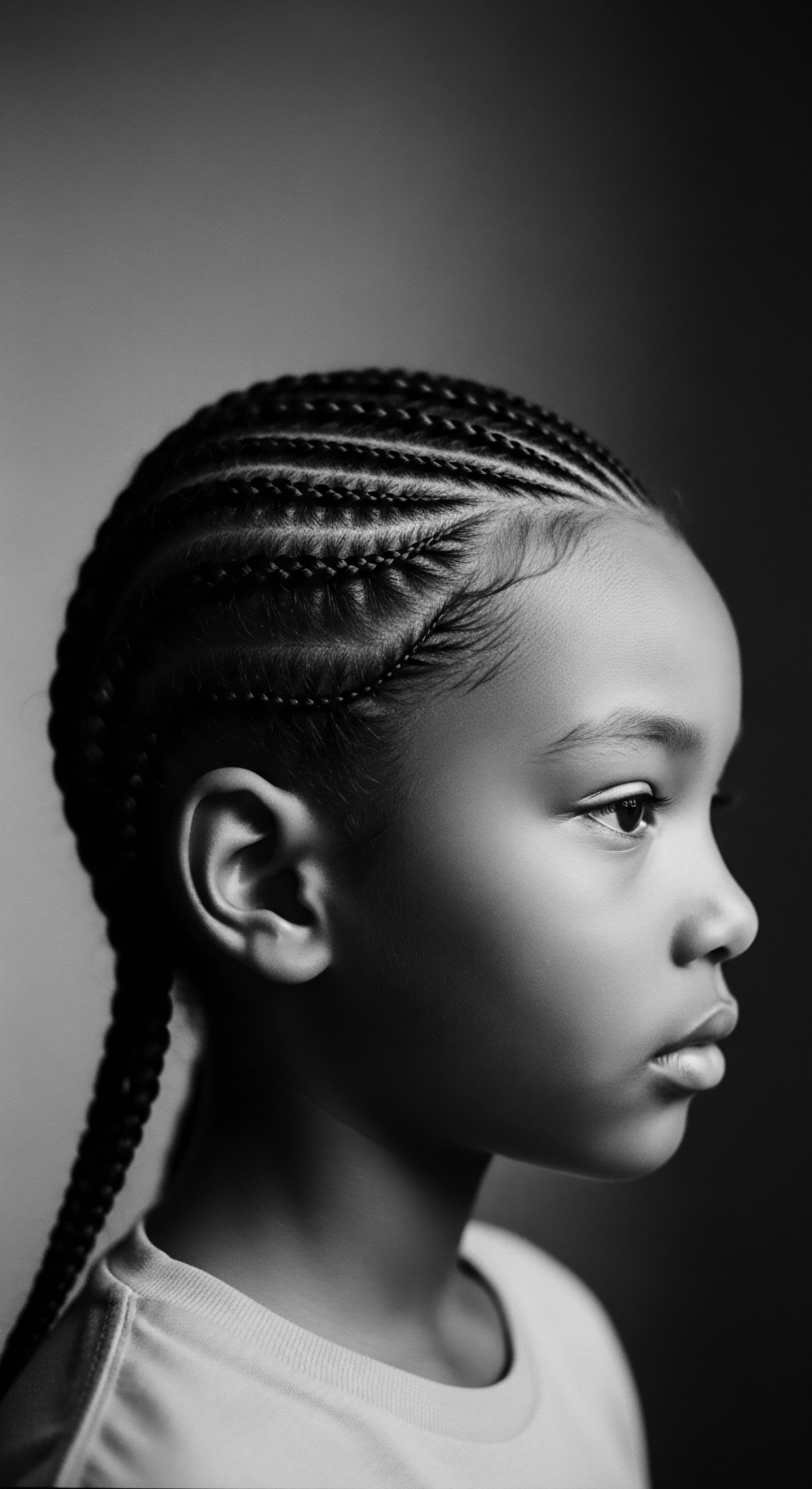
References
- Byrd, A. D. & Tharps, L. L. (2001). Hair Story ❉ Untangling the Roots of Black Hair in America. St. Martin’s Griffin.
- Thompson, C. (2009). Black Women and Identity ❉ What’s Hair Got to Do With It? University of Michigan.
- Mbilishaka, S. S. and colleagues. (2018). Black Hair Experiences ❉ Discrimination at Home and in Public Settings.
- Banks, I. (2000). Hair Matters ❉ Beauty, Power, and Black Women’s Consciousness. New York University Press.
- Jacobs-Huey, L. (2006). From the Kitchen to the Salon ❉ Language and Cultural Co-Construction in the African American Beauty Shop. Oxford University Press.
- Dabiri, E. (2019). Don’t Touch My Hair. Harper Perennial.
- Mercer, K. (1994). Welcome to the Jungle ❉ New Positions in Cultural Politics. Routledge.
- Rooks, N. M. (1996). Hair Raising ❉ Beauty, Culture, and African American Women. Rutgers University Press.
- McMichael, A. J. & Wong, N. L. (2025). Historical Perspectives on Hair Care and Common Styling Practices in Black Women. Cutis, 115(3), 95-99.
- Davis-Sivasothy, A. (2011). The Science of Black Hair ❉ A Comprehensive Guide to Textured Hair Care. Saga Publishing.
